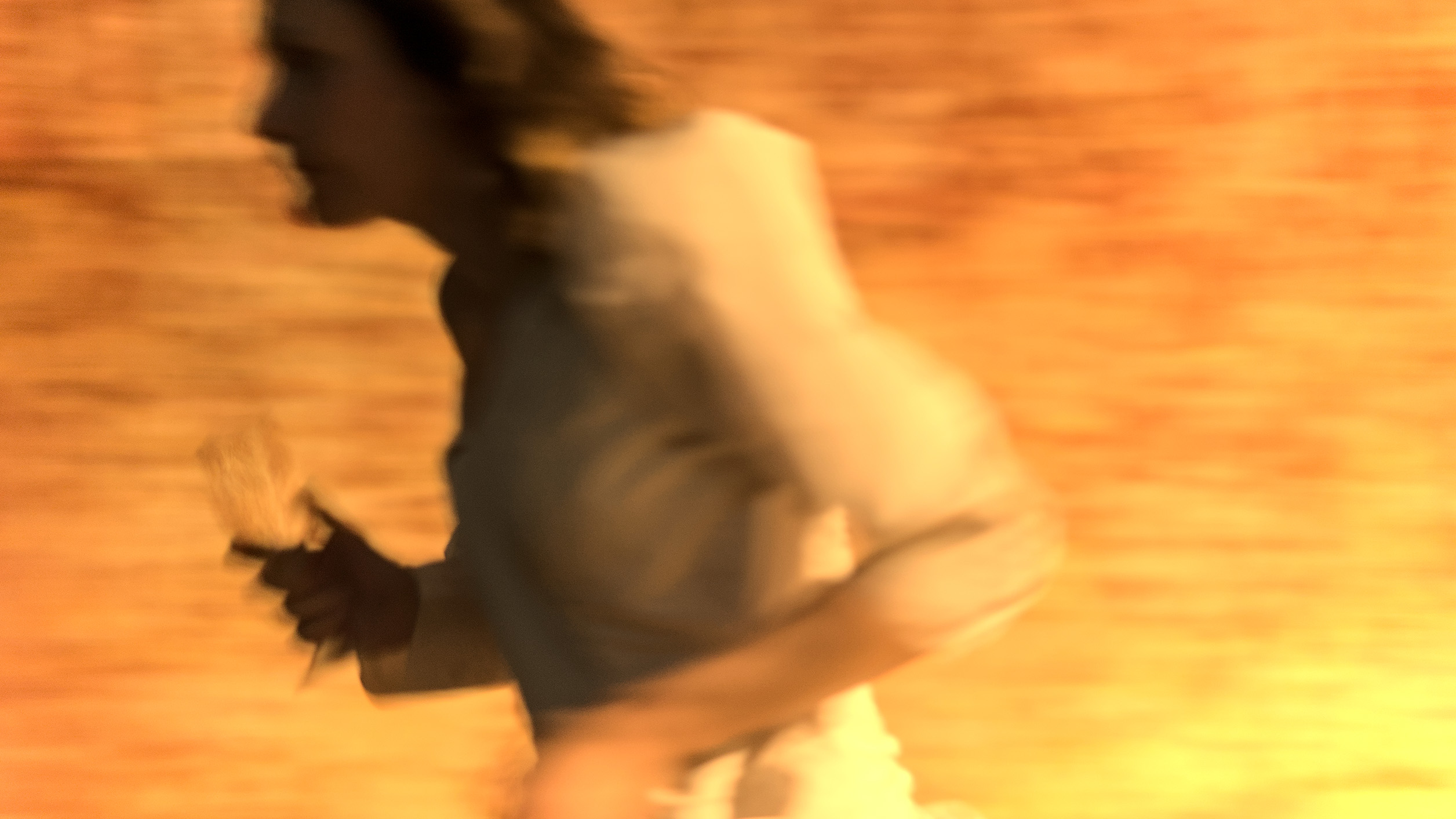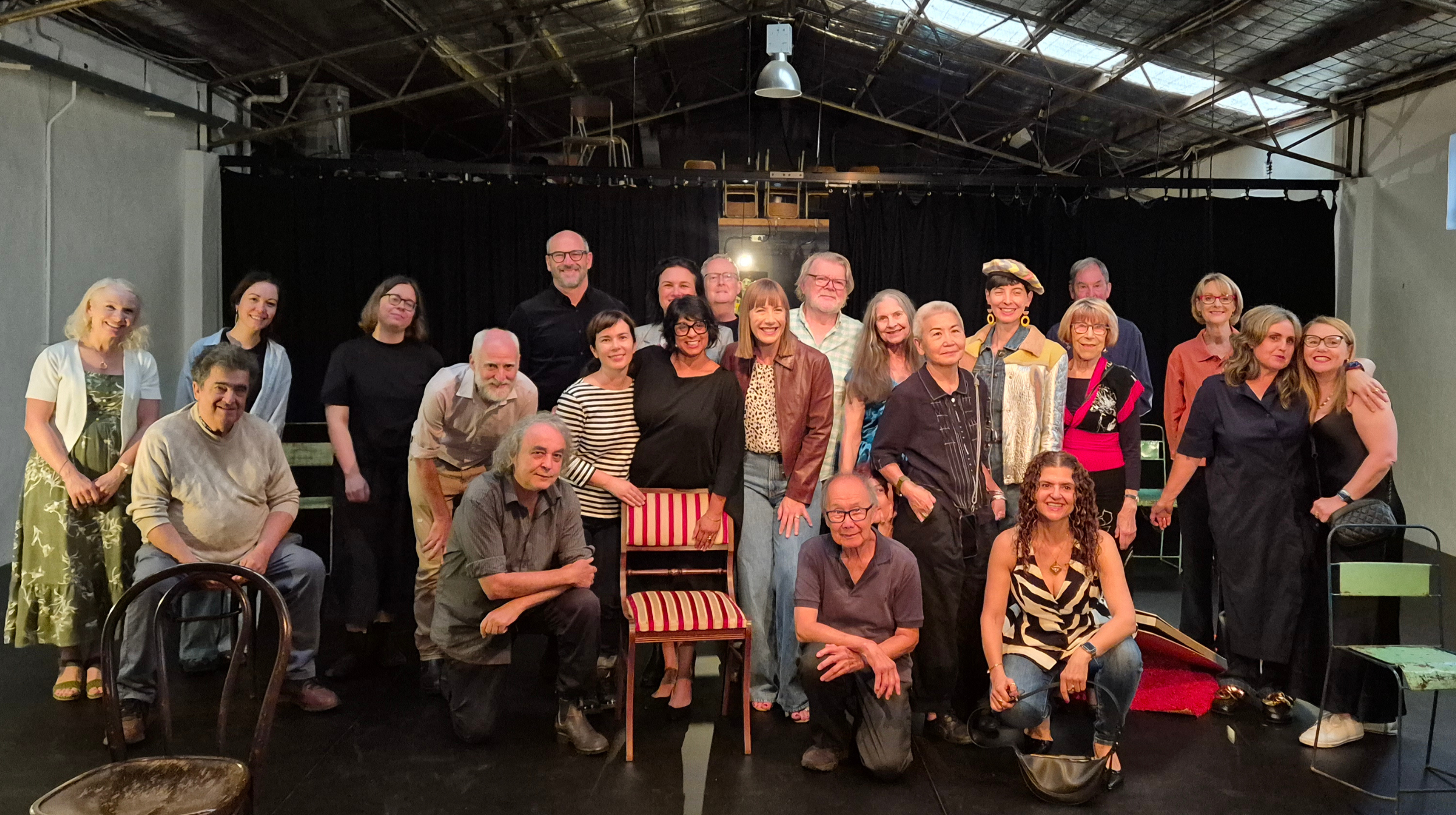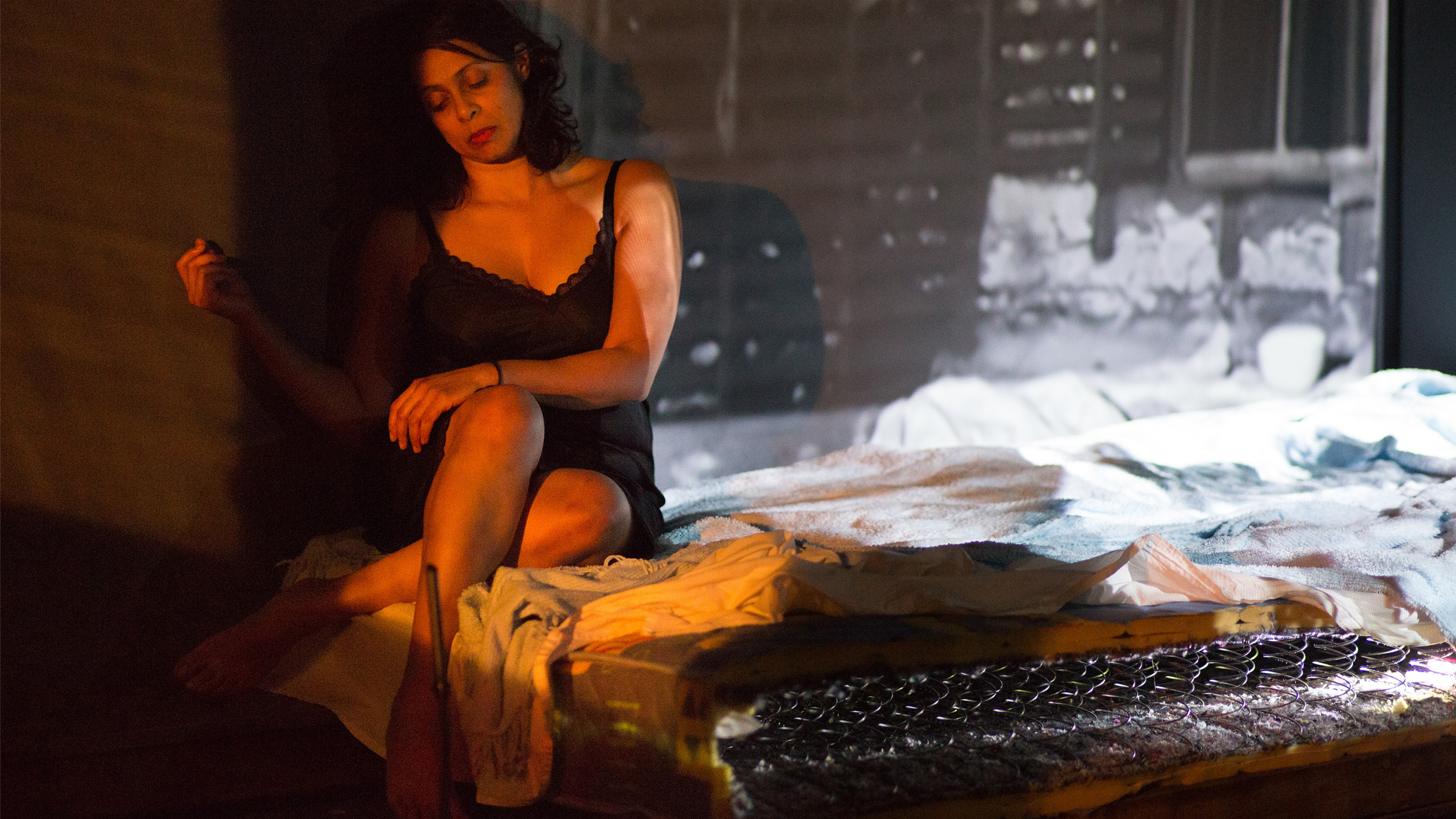
Rhythmic Spaces
30.05.2022
Michelle talks about her experiences from her residency at The Lock-Up in Newcastle; an 1800s police station, reimagined as a contemporary art space. The Lock-Up will be the performance space for ‘the foul of the air’.
The Lock-Up hurled me into a conundrum. My residency had a singular outcome – to relocate my site-specific work ‘the foul of the air’ into a historic building now a contemporary art space.
From the moment I stepped in, she disorientated and disarmed me. A former Police Station from the 1800’s and in use until as late as 1982, it is evident that the building is well- loved by artistic director Courtney Novak and curator Holly Farrell along with the team of inquisitive volunteers who man the desk five days a week, who all showed care and respect for my artistry.
The building itself is a labyrinth of tiny rooms, and stale corridors with hints of seeping sunlight. The climate plummets between the stifling suppressive stale heat of the enclosed concrete ‘yard’ and the musty, sour notes of the cells. There is a distinct energy, as if the histories are held in bated breath.
The residency afforded me to contemplate how I respond to space and (without realising) why I respond in this way. I have forever been drawn to places of trauma although at times, parts of me are repelled. I feel a responsibility to tease them out of the site and house them in moments of beauty. After all, everything is beautiful. Even the horrific. Because being open to it can transform us – allowing us to face it, investigate it and truly see it for what it is.
I was immensely uncomfortable, which some described as confusion, but I’d suggest conflicted. Conflicted by my responsibilities to the legacies of a work and the histories of this space were at odds with my idea of duty and of care.
I arrived discombobulated after a slow and somewhat traumatic train journey. The soundtrack for most of the two-and-a-half-hour journey was of a young man hurling abuse at his very young female partner percussed with fists clashing with the windows, doors, and seats. My fellow passengers hung their heads down, and I made myself as small as possible. My childhood mantra fed to me by my father was “Take no notice”.
Trauma inside trauma, perpetuating trauma.
The exhibition on show ‘radical slowness’ curated by Anna May-Kirk & Tai Mitsuji was a series of installations that emerged within some of the cells. The program note aptly described the stick between the artists and the space.
“Walking through The Lock- Up, you cannot help but confront the idea of time, which is written into the very patina that covers the walls”.
I would peruse these walls searching for clues of who was there and why. There has been research done about these histories, but I was looking for a provocation. One where the worlds on these walls could merge with my own artistic voice. A co- authoring.
The cells that were uninhabited and laid bare, I could not enter. They had not been recontextualised, re-spun, so histories of pains seemed to drip through its walls and ceiling and onto me. There was a feeling. But I didn’t know what it was. Of bated breath?
Early morning I loved being in the yard with ‘Ascending air, unfolding motion (2022)’ by Isabela Pluta, a work that soars through the roof of the exercise yard.
As the morning light ripened, so did the shadows of the retractable roof. Creating a light sculpture of a spine unfurling from child to adult to child to beast. These spine-like images burnt into my dreaming re-emerging as a morse code.
Dash dot dot dash dot dash dot dash dot dash
A hidden message of a fear of being apprehended, incarcerated and the emerging of slow, slow time. It is hard not to dwell on or work into these legacies that have stained the walls through etchings, scratching’s, kneading or splatterings. Because responding to site asks that of you.
Inside one of the women’s cells, a plea stopped me in my tracks and ran through my body like a scurrying rat. In red nail polish was an anthem, ‘Dead men don’t rape’.
I wasn’t the first, nor will I be the last, to find this text as a point of artistic departure. Alana McGaughey created a work in response as part of an experimental exhibition, ‘CAPTURING THE REAL’, where she constantly marked pink clay with keys she flicked between her fingers. One mark every ten seconds representing an incident of domestic violence in Australia.
The plea stirred the personal.
I was transported to 2019, standing in front of a coffin with my father inside. Red rose, gorgeous red roses rested on top. Tears came easily as my neck grew long and my spine unfurled. I could raise my head with ease with not one temptation to check who was behind me. Fear had left, light radiated, and there was light. There was lightness.
No longer did I need to look behind. Never again because he was dead. And dead men don’t…
In 2021 I did turn back. I saw, and this time I stared back. My shoulders grew heavy, my spined curled in on itself because I came to learn…Dead men don’t rape, but men do rape, misoginise, harass, coerce, cover- up, victim blame, and turn away supported and admired by the crumb maidens.
“The ones who would take the crumbs being offered and served up as a feast” – Amy Remeikis On Reckoning
How do we change? How do we re-write social norms? We reckon, we heal, we imagine, and then put in place a justice system that is kind. Caring dilutes power and makes institutions that house these crimes, perpetrators and coercion, accountable. And brings those individuals to justice without fear of retribution.
The Lock-Up with it’s histories and stories, has found a home within my body. As what is written in my body is written, scratched and etched on its walls.
Michelle St Anne is the Artistic Director and CEO of The Living Room Theatre. She is known as a site-responsive artist whose immersive and intimate performances create unique audience experiences. Michelle’s work is deeply symbolic, responding to site-specific architectures, audience movement, and embodied participation through lighting, smell, sound, and temperature shifting the way audiences perceive critical issues of our time
Anastasia Mortimer is an editor and writer for The Living Room Theatre. She is studying for a PhD in climate change studies, disaster-induced human displacement, and social vulnerability. Her research and activism draw attention to societal issues that continue to be ignored.


